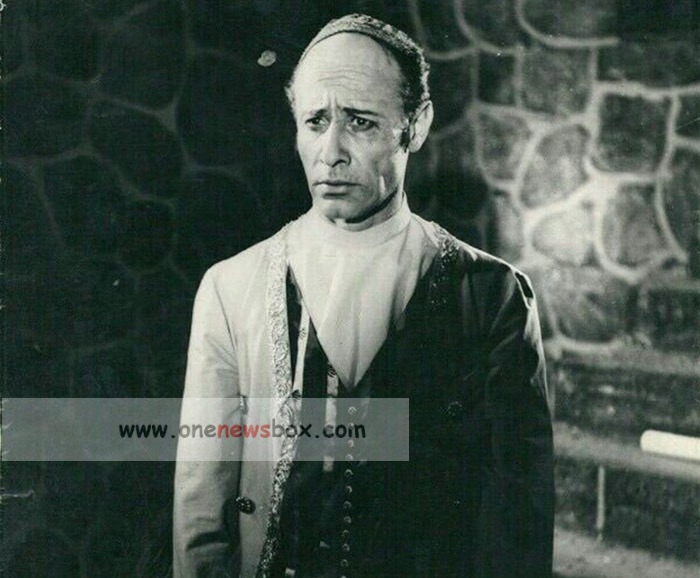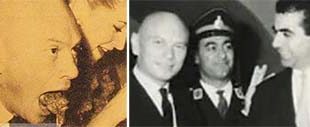The Reign of Mohtasham on Stage
By the early 1940s, Mohtasham was widely regarded as the “monarch of the Lalehzar stage.” His performances drew large crowds to venues such as the Grand Theater, Tehran Theater, and Ferdowsi Theater. These theaters often staged historical dramas that resonated with nationalist sentiments, portraying imperial past through tales of power, betrayal, war, and redemption.
Mohtasham’s acting style was deeply influenced by the classical traditions of Persian storytelling. He would deliver his lines with poetic cadence, often borrowing verses from Ferdowsi’s Shahnameh or Saadi’s Gulistan to add literary weight to his characters. Critics praised his ability to switch from regal dignity to violent wrath in a heartbeat—a theatrical technique reminiscent of ta’zieh, the traditional Shiite passion play.
His 1945 performance in Agha Mohammad Khan Qajar at the Tehran Theater was hailed as a triumph. The play, based on the life of the ruthless founder of the Qajar dynasty, offered Mohtasham the opportunity to delve into the psyche of a controversial historical figure. He portrayed Agha Mohammad Khan as both a cunning strategist and a tragic product of violence—emphasizing his traumatic past as a castrated royal hostage and his merciless drive to consolidate power.
The Ettelaat newspaper on May 19, 1945, featured a detailed advertisement for the play, showcasing Mohtasham in full royal regalia. The article described his performance as “mesmerizing” and noted that the audience often sat in complete silence during the monologue-heavy scenes—a rare feat in the lively and often boisterous Lalehzar theaters.

